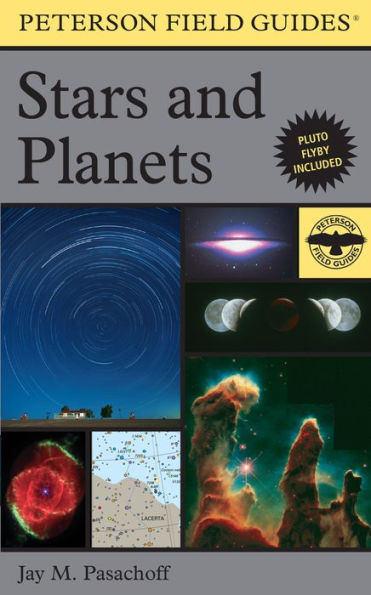5
1

A Peterson Field Guide To Stars And Planets
592
A Peterson Field Guide To Stars And Planets
592Paperback(Fourth Edition)
$23.49
$25.99
Save 10%
Current price is $23.49, Original price is $25.99. You Save 10%.
23.49
In Stock

Product Details
| ISBN-13: | 9780395934319 |
|---|---|
| Publisher: | HarperCollins |
| Publication date: | 11/23/1999 |
| Series: | Peterson Field Guides |
| Edition description: | Fourth Edition |
| Pages: | 592 |
| Sales rank: | 224,221 |
| Product dimensions: | 4.50(w) x 7.25(h) x 1.19(d) |
About the Author
From the B&N Reads Blog
